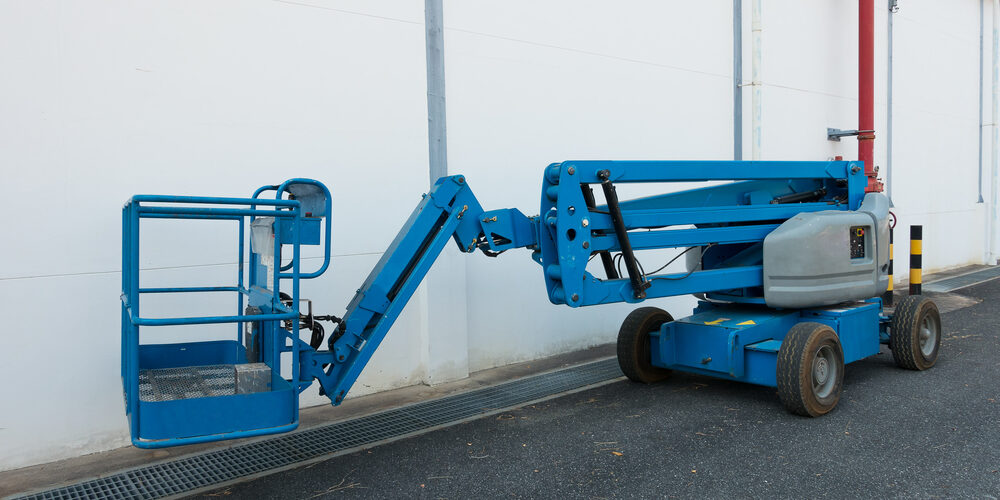When selecting tires for your telehandler, it’s important to take a moment to consider the options available. The type of tires you choose can impact the reliability of your telehandler, the overall cost of ownership, and the performance and comfort for your rental customers.
Here’s a quick rundown of what you should keep in mind when choosing the right tires for your telehandler.
There are generally three types of telehandler tires to choose from: air-filled pneumatic tires, foam-filled pneumatic tires, and solid tires. Each option has its own advantages and disadvantages in terms of performance and cost.
Air-filled pneumatic tires are the lightest and provide excellent flotation on soft ground. They are the most affordable option and offer a comfortable ride for the operator. However, they are prone to punctures from construction debris, which can cause downtime.
Foam-filled pneumatic tires can be filled with foam at any point during their lifespan, but many rental stores prefer to order telehandlers with foam-filled tires from the start. The foam adds weight to the machine, affecting its performance and flotation. Foam-filled tires are preferred for rough, uneven terrains and significantly reduce the risk of flat tires. However, they can still sustain damage, including sidewall damage, and may wear out faster than other types of tires.
Solid tires, made of rubber, are gaining popularity among rental companies and contractors. They last significantly longer than pneumatic tires, typically lasting four to eight times longer. Solid tires eliminate downtime caused by flat tires and are highly resistant to construction debris. However, they are more rigid, impacting the operator’s ride comfort, and offer less flotation in soft ground conditions.
You have a choice.
Consider the types of job sites your telehandlers will be working on and the frequency of flat tire issues in the past when deciding on the best tires. Keep in mind that foam-filled tires and solid tires generally cost more than air-filled ones, with foam-filled tires being 1.5 to 2 times more expensive and solid tires being 2 to 3 times more expensive than air-filled tires.







